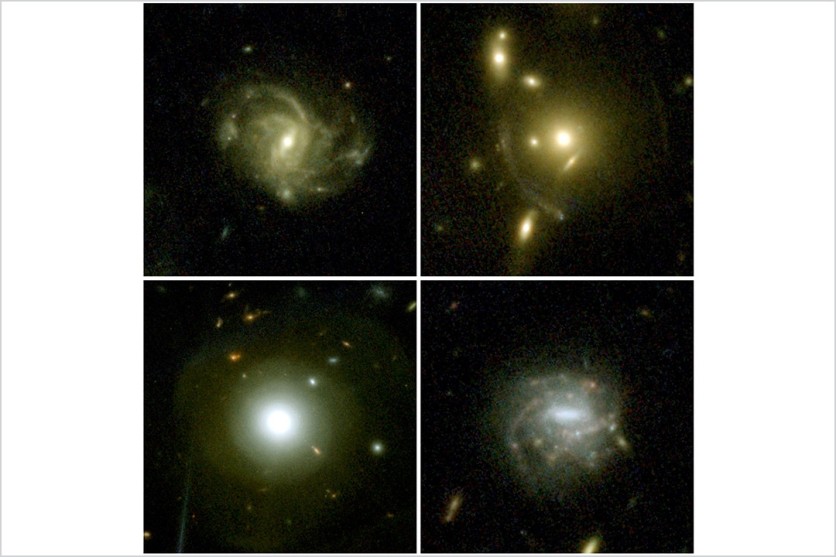NASA's James Webb Space Telescope (JWST) is set to revolutionize our understanding of the universe by providing unprecedented views of the cosmos. The team already shared the first look at the captured early galaxies under the mission.
One of the most exciting aspects of the JWST is its ability to peer back in time and observe the earliest galaxies in the universe. To accomplish this feat, the JWST will use its advanced technology and instrumentation to study space under the COSMOS-Web program.
JWST, COSMOS-Web Program Shares First Early Galaxy Snaps

According to a release by the Rochester Institute of Technology, the latest COSMOS-Web Program with the James Webb Space Telescope as its eyes-on-the-skies, the first images of early galaxies are now available to view.
The team used JWST's Near-Infrared Camera (NIRCam) and Mid-Infrared Instrument (MIRI).
"Everything worked beautifully and the data are even better than we expected. We've been working really hard to produce science quality images to use for our analysis and this is just a drop in the bucket of what's to come," said Jeyhan Kartaltepe, an associate professor at Rochester Institute of Technology's School of Physics and Astronomy.
What is the COSMOS-Web Program?
The COSMOS-Web program is a groundbreaking initiative that will enable the JWST to study the earliest galaxies in the universe.
The goal of the COSMOS-Web program is to provide a detailed picture of the formation and evolution of galaxies in the early universe. The JWST will use its powerful infrared imaging capabilities to peer through the cosmic dust that obscures these distant galaxies, allowing astronomers to study their properties in detail.
By studying the earliest galaxies in the universe, astronomers hope to learn more about the processes that led to the formation of the galaxies we see today.
James Webb's Discoveries
Since the JWST's presence in space, humans had more information about what is around them, thanks to the space telescope's capabilities and ability to focus itself on different happenings and events in the cosmic heavens. One of the most recent astronomical phenomena caught by James Webb is the clashing of two galaxies which gave birth to stars in the process.
While there are significant focuses NASA in utilizing James Webb's features it still keeps tabs on nearby space elements, especially here in the Milky Way galaxy. Recently, it found that the gas giant, Jupiter, is exhibiting a bright, burning-like glow, which is not something it normally shows on the Solar System, considering it is a planet and not a star.
The COSMOS-Web program is just one of the many exciting initiatives that the JWST will undertake once it is launched. With its advanced technology and instrumentation, the JWST is poised to make significant contributions to our understanding of the universe.

ⓒ 2025 TECHTIMES.com All rights reserved. Do not reproduce without permission.




